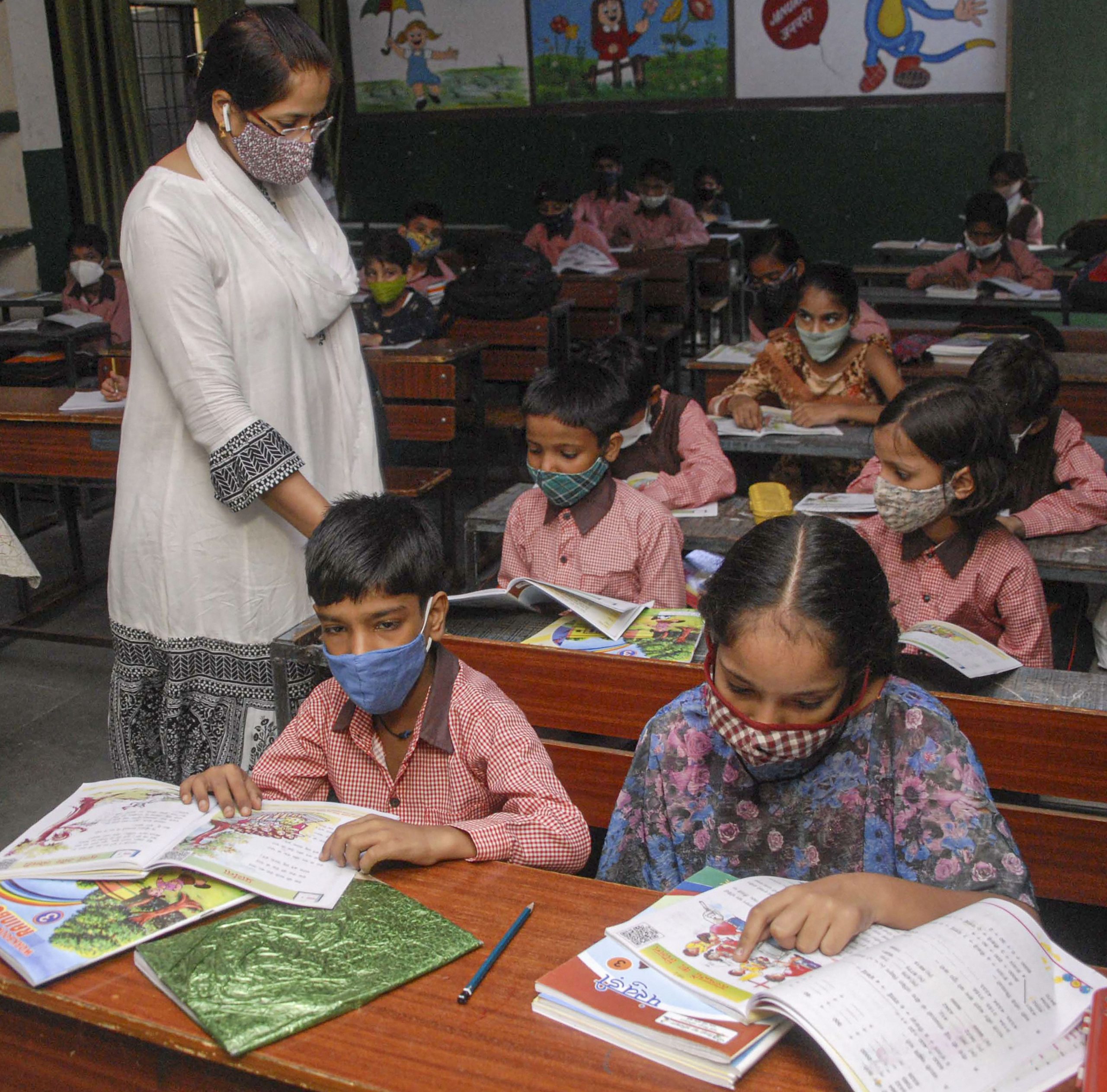Only 8% rural
students had access to online education as the COVID-19 pandemic enforced
school closures since late March 2020, according to a new survey. Among urban
students, the number was 24%. The survey, supervised by economists Jean Dreze,
Reetika Khera and researcher Vipul Pakira, took into account 1,400 students enrolled
in classes 1 to 8 across 15 states and union territories of India.
Further,
the economic stresses caused by the lockdowns and other pandemic curbs forced
many parents to shift their children from private schools to government
schools. Nearly 25% of children studying in private schools shifted to
government schools during the pandemic. This happened as family earnings
depreciated and online education was not found feasible.
Also Read | US unemployment benefits end as millions still struggle due to the pandemic
Conducted
in August this year, the survey is based on interviews in 1,400 rural
households and urban slums, sites “inhabited by underprivileged families – the
sort of families that send their children to government schools”. Nearly 60% of
the sample household surveyed were in rural areas and more than half of the
people surveyed come from Dalit and Adivasi communities, according to the
report.
The 15
states and union territories where the survey was carried out include: Assam,
Bihar, Chandigarh, Delhi, Gujarat, Haryana, Jharkhand, Karnataka, Madhya
Pradesh, Maharashtra, Odisha, Punjab, Tamil Nadu, Uttar Pradesh and West
Bengal. More than half the samples were taken from Uttar Pradesh, Maharashtra
and Jharkhand.
Also Read | Hetero’s Tocilizumab gets DCGI approval for COVID-19 treatment
The survey
found that the principal obstruction for rural students to access online
education was the lack of access to technology. Most of these families did not
own smartphones. Even among households that did own a smartphone, the
proportion of children accessing them was found to be 15% in rural areas and
31% in urban areas.
This, the
survey report states, is because “smartphones are often used by working adults,
and may or may not be available to school children, especially younger
siblings.”. Another problem faced by students in rural spaces was that schools
were not sending adequate online study material.







